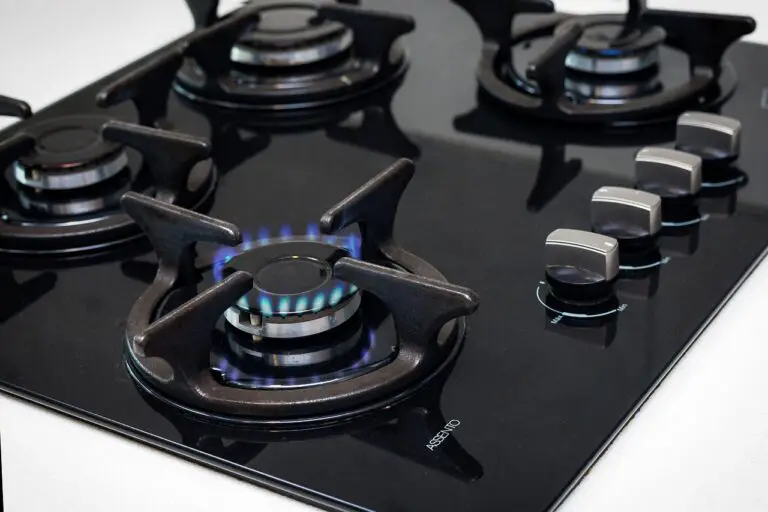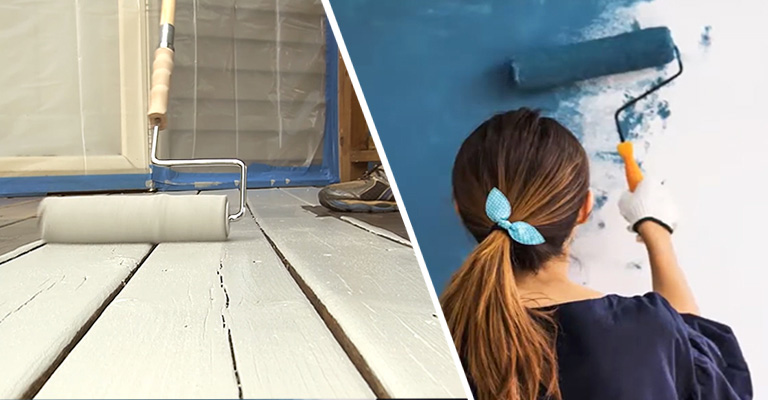How Do I Remove a Spinning Screw?
To remove a spinning screw, you can try using a scalpel blade and a screwdriver. You can also try drilling down the screw head. Besides, you can always go to a machine shop and construct your very own extractor. The purpose here is to provide sufficient friction to stop the screw head from spinning. To remove a spinning screw effectively, the proper procedures must be followed.
How Do I Remove a Spinning Screw?
Removing a spinning screw from a plate can often prove to be difficult. In some situations, you will see damaged screw–plate and screw–bone interfaces. Also, the screw head or shaft threads no longer will have purchase value. As a result, the screw will be spinning without backing out.
The most common methods to remove the spinning screw include using forceps, hemostats, or a screwdriver coupling device. Using these methods, the screw head is gripped while rotating the screwdriver.
Although, often the case is that amount of screw head exposed is not enough for the instruments to grip. Even after achieving a firm grip of the screw head, the rotation is hindered. This creates a risk of damage to the screwdriver–screw head interface.
Reason Behind a Spinning Screw
One of the reasons behind a spinning screw is that the screw is either stripped, broken, or the material is broken. Therefore, there must be enough friction generated between the screw and the material.
The main task here is to jam something between the underside of the screw head and the material. The next step is to slowly back the screw out while maintaining the pressure and friction of the wedge.
If your screwdriver bit keeps slipping against the screw head, the only thing you need to do is to increase the friction or torque. To get a better grip on the screw head, there are many simple ways you may find. You can utilize a specialized tool like a screw extractor for truly stuck screws. Not to mention, most of these tools are affordable and widely available.
Using a Scalpel Blade
One of the uses of a scalpel blade is to recreate a plate thread. This allows the remaining screw head threads to engage. Besides, it aids the removal where there is insufficient friction of the screw on the plate and the bone. Moreover, this process requires less force, ultimately preventing screw breakage.
To use a scalpel blade effectively, engage the screwdriver firmly into the screw head. Your next step is to tilt and pull the screwdriver gently. You have to expose one thread of the screw head and insert a mounted scalpel blade parallel to the thread. Finally, turn the screwdriver. Make sure you do not alter the position of the blade.
Using a Drill Machine
You have to be careful when drilling down the threaded shaft. This is because you don’t want to accidentally damage the thread in the object or the workpiece the screw is in. Preferably, you can make use of a drill press or milling machine set up as a drill press for pre-extraction drilling. As the drilling mechanism has better stability compared to a handheld drill, the workpiece can be properly fixed in place.
Alternative Options
If the case is such that a screw extractor is not available for your damaged screw’s size, then you can go to a machine shop. You can make construct your very own extractor or can consult a machinist.
For smaller screws, make a tapered square rod with a cross-section smaller than the screw shank diameter. If the screw is not a stripper and the threading in the workpiece is damaged after extraction of the screw, you will have to rethread the workpiece for a larger screw.
How to Tighten a Screw That Keeps Spinning
If the screw hole is in wood, you can try to obtain a longer screw of the same diameter as the original one. You can also break the end of a toothpick and insert it into the hole to tighten the screw. Another option is to put some sawdust in the hole. Furthermore, you can purchase a screw hole repair kit from a hardware store and solve the issue.
However, if the screw hole is in metal, it means the internal threads of the hole or the threads on the screw are damaged. If the threads of the hole are damaged, then get a “tap and die” kit and cut new threads in the hole. Later, get yourself a larger size screw to match the increased hole diameter. Although, if the screw itself is damaged, then you will have to obtain a new screw of the same size.
Frequently Asked Questions
- How do I remove a one-way screw?
You can easily remove one-way screws by twisting the head counterclockwise with a pair of pliers. You can also use a specialized removal tool. However, if the pliers can’t loosen the one-way screw, use a removal tool. If none of these options works, you will have to drill through the screw head and extract the shaft.
- How do I remove a stripped screw without an extractor?
To remove a stripped screw without an extractor, place a wide rubber band flat in between the screwdriver and the screw. Next, you have to apply hard, but slow force and keep turning the screw. If everything goes as expected, the rubber band will fill in the gaps caused by the strip and make room for screw extraction.
Conclusion
A spinning screw can quickly ruin your project. You have to be patient while removing a stuck screw. Fortunately, there are several methods for you to try out. Therefore, your best option is not to lose heart and to keep trying the alternative methods.
Tackling a spinning screw can be challenging, but with the right approach, it’s a manageable task. Utilizing a flat blade screwdriver or exploring a few methods mentioned in this guide, such as similar technologies or customized solutions, can make a significant difference. The key is to apply the correct technique that works for the specific challenge you’re facing. Whether it’s using the flat blade on the other side of the screw or employing more sophisticated methods, the solution lies in understanding the nature of the problem and applying the right tool and technique.
The evolution of DIY and home improvement practices has introduced various tools and methods to address common issues like a spinning screw. Leveraging these advancements can not only save time but also prevent potential damage to your materials. Remember, the right screwdriver and technique, combined with patience and precision, can effectively resolve the issue. This guide has provided insights into different strategies, and with these tools in your arsenal, removing a spinning screw should no longer be an insurmountable task.
Also read – Can I Cover An Electrical Outlet?






